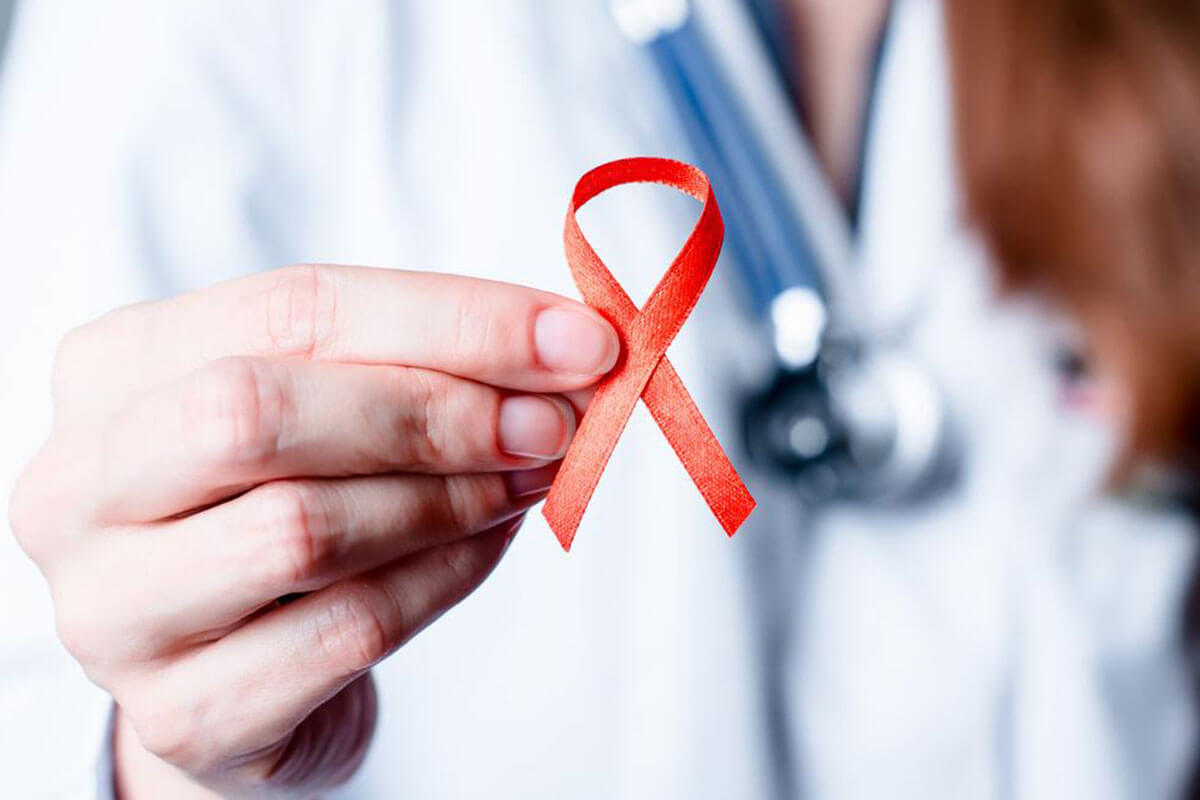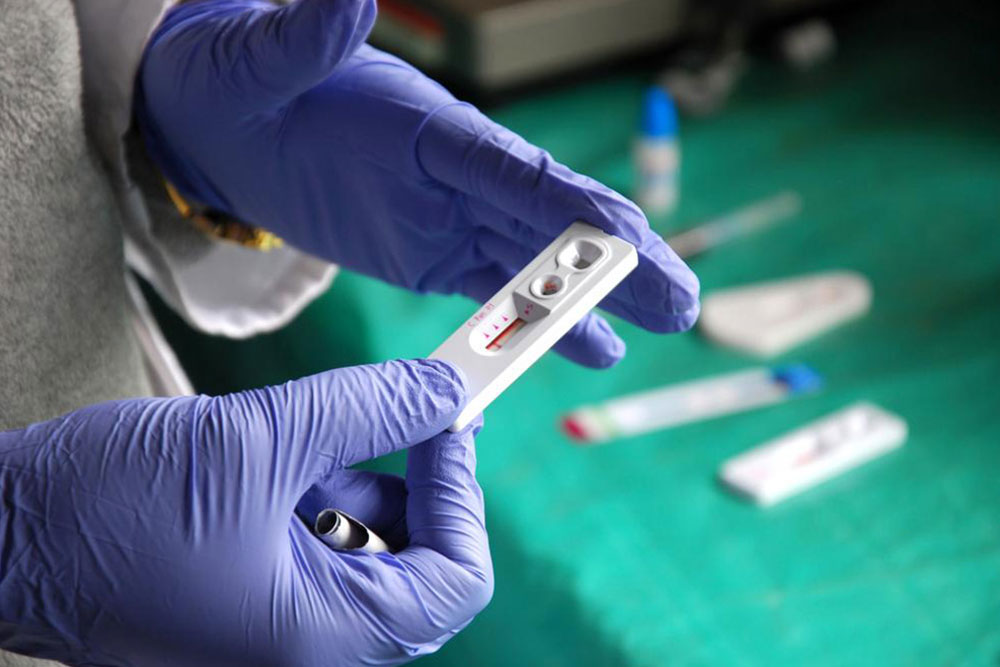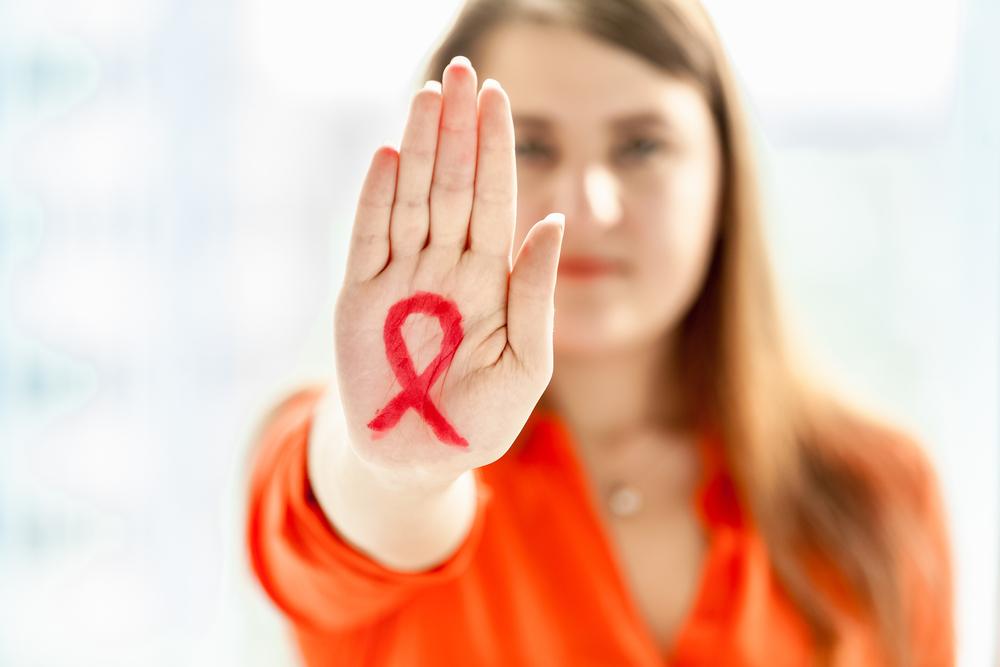Comprehensive Guide to Differentiating HIV and AIDS: Causes, Symptoms, and Prevention Strategies
This comprehensive article explores the crucial differences between HIV and AIDS, explaining their causes, transmission methods, symptoms, diagnosis, and the importance of early detection. It emphasizes that HIV is a virus that can be managed with treatment, while AIDS is its advanced stage, marked by severe immune system failure. Understanding these distinctions helps in prevention and effective health management. The article also discusses how HIV is transmitted and diagnosed, providing valuable knowledge for individuals and health professionals alike.

Comprehensive Understanding of the Differences Between HIV and AIDS
HIV and AIDS are closely related health conditions, but they are not the same. Recognizing their differences is crucial for awareness and treatment. This detailed guide explains what sets them apart, how they affect the body, transmission methods, symptoms, and preventive measures.
What distinguishes HIV from AIDS? Are they interchangeable terms? This common confusion stems from their close association, but understanding their unique characteristics is essential. HIV, the Human Immunodeficiency Virus, is a virus that infects humans and targets the immune system. If untreated, HIV can eventually lead to AIDS, or Acquired Immunodeficiency Syndrome, which signifies advanced immune system failure. Understanding these distinctions helps in early detection, treatment, and prevention strategies.
What is HIV? An In-Depth Look
The Human Immunodeficiency Virus (HIV) is a highly contagious virus that exclusively infects humans. Its primary target is the immune system, particularly the CD4 cells (T cells), which play a critical role in fighting infections. When HIV infects these cells, it impairs their functions, ultimately weakening the immune defenses. The virus integrates its genetic material into the host cells, making it a persistent threat. Despite extensive research, scientists still explore why the immune system struggles to recognize and combat HIV effectively, which complicates vaccine development.
While HIV cannot currently be cured, it is manageable with the right combination of antiretroviral therapy (ART). With proper treatment, individuals with HIV can maintain a near-normal lifespan, prevent transmission, and lead healthy lives.
Understanding AIDS: The Final Stage of HIV
Acquired Immunodeficiency Syndrome (AIDS) represents the most severe phase of HIV infection. It occurs when HIV has caused such significant damage to the immune system that the body becomes vulnerable to opportunistic infections and certain cancers. These infections are typically rare or mild in individuals with healthy immune systems but become life-threatening in those with AIDS.
AIDS is diagnosed based on specific clinical criteria, including a severely reduced number of CD4 cells (generally fewer than 200 cells per cubic millimeter of blood) or the presence of certain opportunistic infections or cancers. It is important to recognize that AIDS is not a contagious disease itself but a syndrome resulting from untreated or poorly managed HIV infection.
Can Someone Have HIV Without Developing AIDS?
The possibility of harboring HIV without progressing to AIDS exists, especially with advancements in medical treatment. Many individuals can remain asymptomatic for years or even decades, especially if they adhere to effective antiretroviral therapy. Regular medical monitoring helps in managing the virus and preventing progression. However, once clinical symptoms of AIDS appear, it confirms advanced HIV infection. Importantly, though HIV can be suppressed with medication, it remains in the body for life, as there is currently no definitive cure.
Transmission Differences Between HIV and AIDS
HIV transmits through specific bodily fluids, including blood, semen, vaginal fluids, rectal fluids, and breast milk. The primary transmission routes are unprotected sexual contact, sharing contaminated needles, exposure to infected blood during transfusions (though rare in modern systems), and from mother to child during pregnancy, childbirth, or breastfeeding.
AIDS, on the other hand, is an end-stage condition resulting from long-term untreated HIV infection; it is not a mode of transmission. An individual cannot catch AIDS from another person. Instead, it signifies the progression of the disease when the immune system has been significantly compromised due to unmanaged HIV.
Diagnosis: How Do Medical Professionals Detect HIV and AIDS?
HIV diagnosis involves blood or saliva tests that detect antibodies produced in response to the virus or directly identify viral proteins (antigens). These tests can often detect HIV within a few weeks of exposure, facilitating early intervention. Common diagnostic methods include rapid tests, laboratory-based enzyme-linked immunosorbent assay (ELISA), and molecular tests such as PCR.
Diagnosing AIDS involves measuring the number of CD4 cells in the blood—showing how much the immune system has been compromised. A CD4 count below a specific threshold (typically 200 cells/mm³) along with the presence of opportunistic infections or certain types of cancers confirms AIDS. Both HIV and AIDS diagnoses are usually quick, accurate, and critical for timely treatment to improve patient outcomes.





